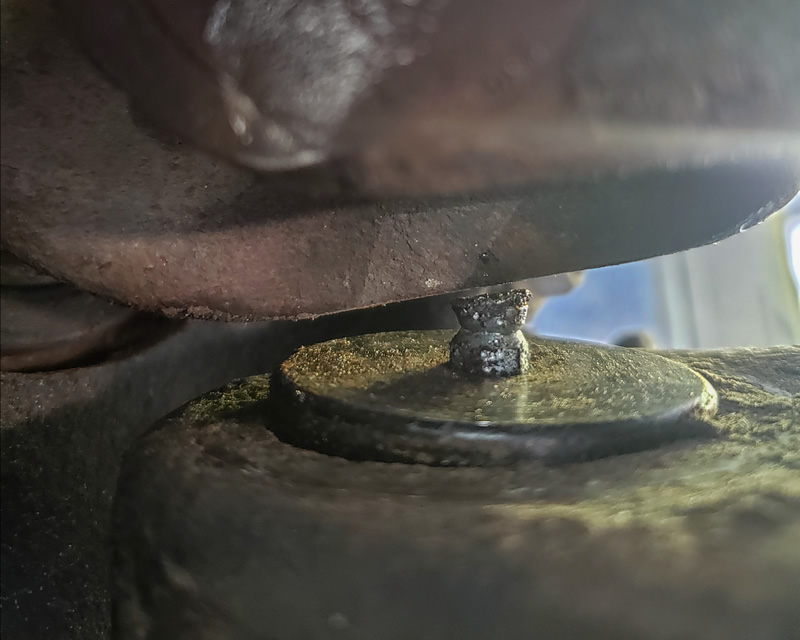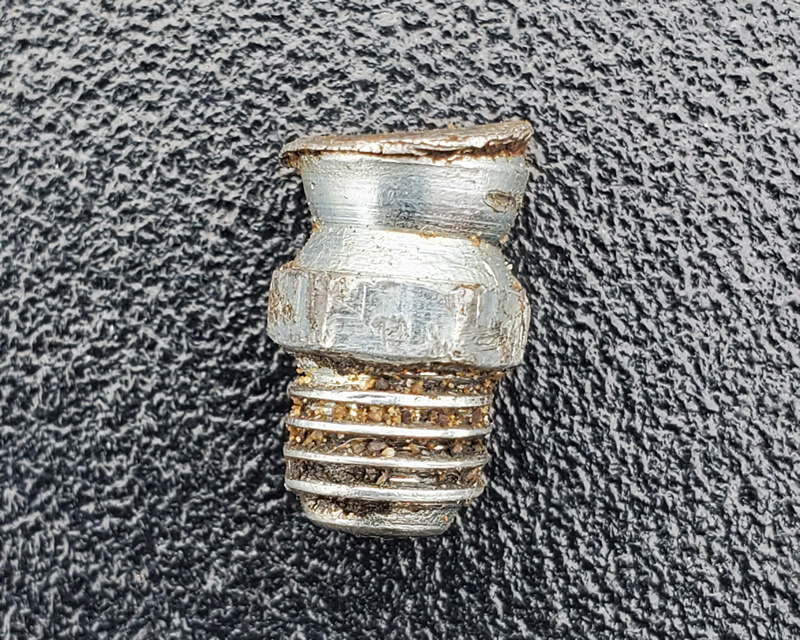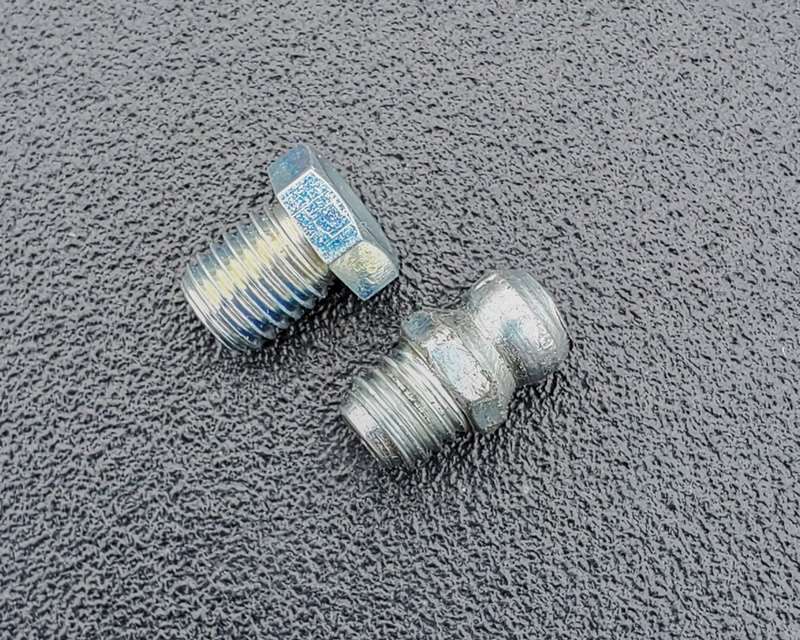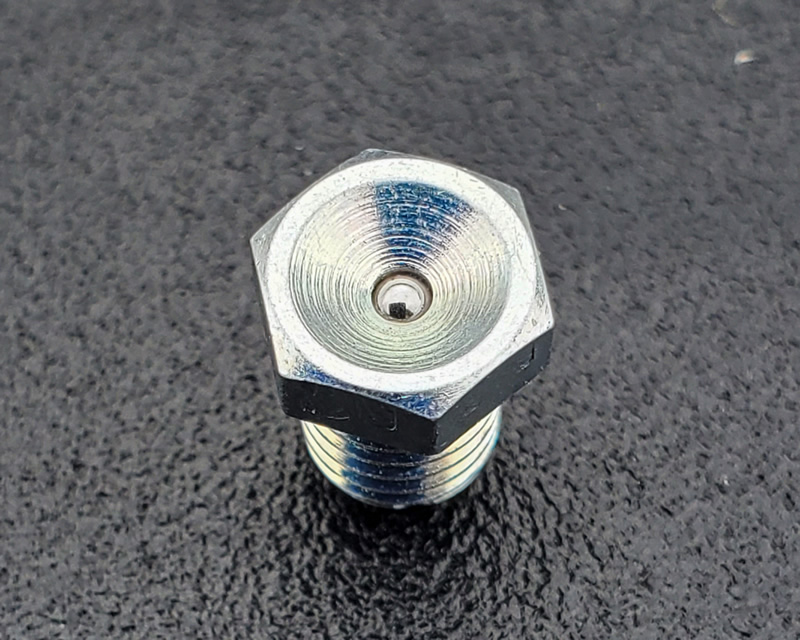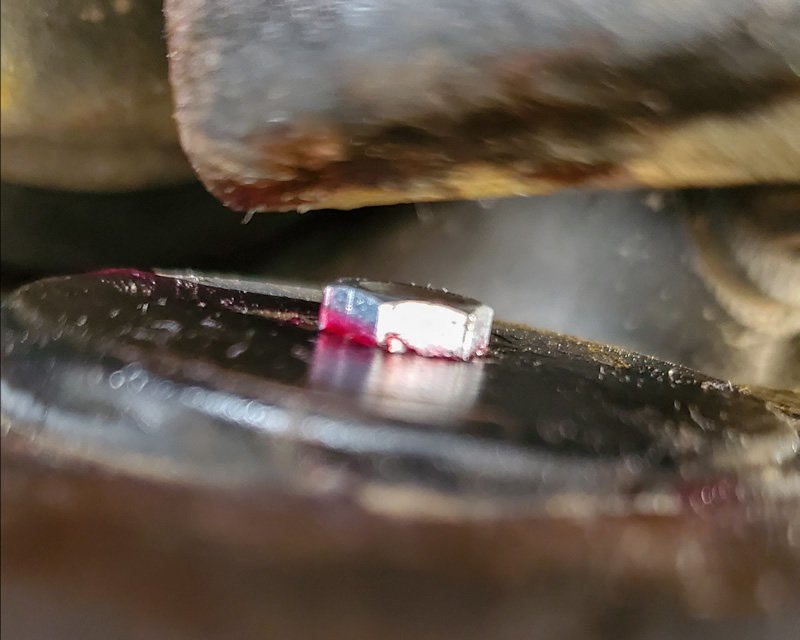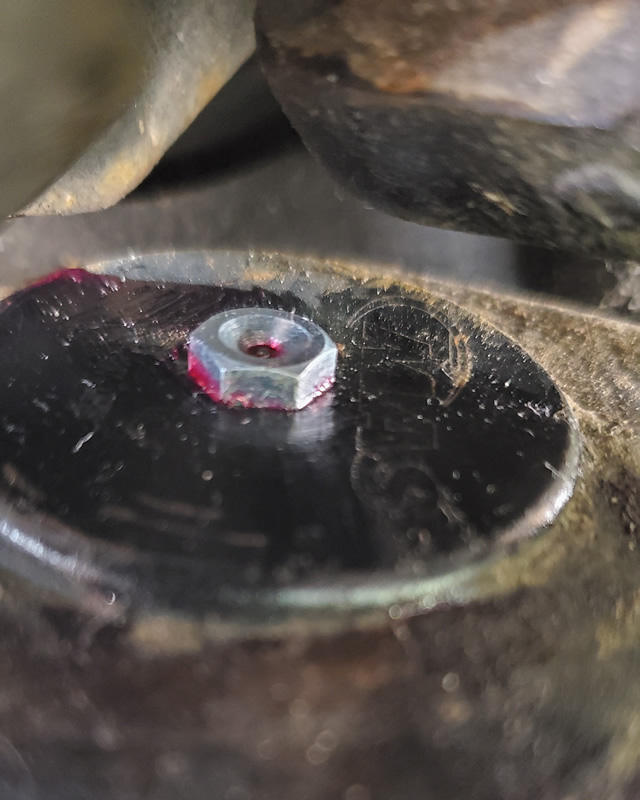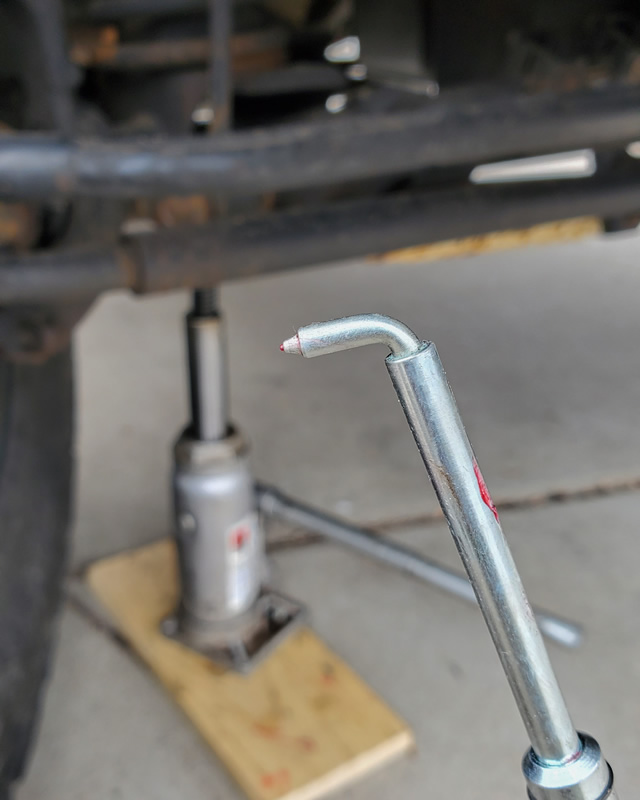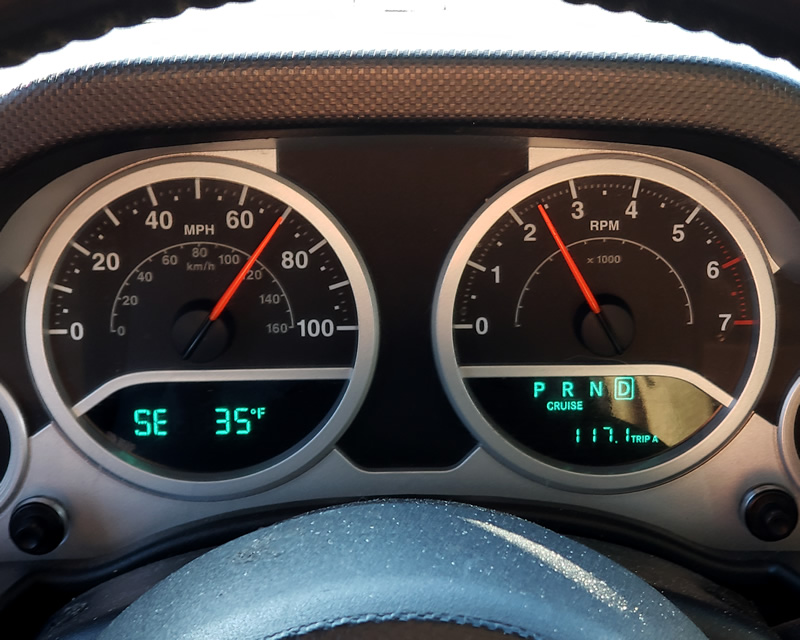- Details
- Written by: The DIY Hunter
- Category: Technical
- Hits: 9474
I'm somewhat of a newbie to Jeeps by purchasing a used 2008 Rubicon Jeep Wrangler JK in September of 2018. I have owned a 1997 XJ for many years now but I really started learning about Jeeps with the purchase of my Rubicon.
There have been a number of servicing and repairs I have had to make to get the Rubicon in top working order. Here's something I have learned about servicing lower ball joints.
In the first year of owning my Jeep, I have had a number of repairs made on it. One of those repairs was replacing my rear axles with some heavy-duty G2 axles. I found out the hard way that slipping sideways in the mud on a steep incline and having a rear tire smack a hard bump, sliding sideways, with over-sized tires (35s) bends the stock axle flange that the wheel bolts to. You'll know one is bent when you hear the repetitive brake squeak and you look in your rear view mirror and watch the rear wheel wobbling.
With a bent axle, I figured that it was time to go to a 4x4 shop and have them repair it. They did a great job but in the process said I needed ball joints. So in a couple of months, I returned to get the ball joints replaced. Given this is a 4x4 specialty shop I figured they would put the best ball joints or give me some options on the joints. They didn't give me any options but upon inquiring they twice assured me that the lower ball joints would be serviceable. Greasing the lower ball joints was something I couldn't do on my Jeep with the ones that were currently installed. So this was the most important thing that I requested to have. I knew Terra Flex had great ball joints with wonderful placement of zerk fittings but I didn't insist on TerraFlex... looking back I wished I had of.
A day after the ball joints were replaced I climbed under the Jeep to have a look. Check out the photo to see what I found. There were grease zerks sticking out of the top of the lower ball joints and they were ground off from being hit by the rotating knuckles of the front axle u-joints. Nice.... not really.
After contacting the shop they offered to replace the joints for the price of the TerraFlex joints but they said they would have to be knurled because they put knurled joints in. The idea made me nervous that I would end up getting the whole front axle replaced if the knurled joints didn't hold tight. So I opted to keep the ball joints I had. At least I would get some mileage out of them before I had to replace them. But how do I service them? If I could figure out how to service them I may get a few more years out of them. Hmm...
Here's what I ended up doing that works great.
On Amazon, I found some low profile zerks and a 90-degree needlepoint tip for my grease gun. I turned the wheel as far as it would go outward on the side I was working on and jacked the tire off the ground on that side. Carefully I would turn the wheel to rotate the knuckle of the axle u-joint so that I had just enough room to remove and replace the zerks. Then with the help of my son squeezing the grease gun handle, I held the 90-degree needle tip in place on the zerk. Take a look at the photos and it should give you a better idea of what I did as compared to me trying to describe it.
In the process of looking at the photos I took of the ball joint I can read MAS on them. I'm pretty sure my invoice and what the shop told me that what they installed was Moog brand. Hmm.... are Mas and Moog the same company? It's hard for me to tell online.
Hopefully, I am able to get a few miles on these joints before they need to be replaced.
For all I know the shop may have not pressed in the bearings as far as they should have been and this may have decreased the amount of available space for a zerk as well.
I really like the 4-Wheel Parts store that replaced my ball joints. I have been back there a couple times since buying tire chains and gear oil. I do think that part of being a Jeep guy is that you do the research of what you want before you go to get something replaced and you ask to get the parts that you want. Jeep people tend to know their stuff and what they want. I'm still learning. Love my Jeep!
You can read "Mas" on top of this ball joint.
This is the 90-degree needle-nose grease fitting I use to service the lower ball joints.
- Details
- Written by: The DIY Hunter
- Category: Technical
- Hits: 9653
I will always remember my last trip in my old heavily used 1991 Montero. That trip was to Scout Camp with KB on the East Fork of the Bear River in the Uinta mountains, the last week of July 2018. What a fun trip and great farewell to an old friend that served me well even though she was run down the day I got her over twelve years ago. The Montero ended up being the best $300 dollars I ever spent.
With the passing of my Montero I was in the hunt for a good 4x4 SUV that would take me into places like a side by side ATV. After a long and exhausting search I found that the best option for me was a used four door Jeep Wrangler Rubicon.
As I researched more and more into the Wranglers I knew I wanted one with a little lift, 33" tires or larger, a winch and the locker/sway bar options provided by a Rubicon. I also like the color white and preferred to have a little older vehicle that I wouldn't be afraid of scratching.
After a month or so I found the one I wanted in Logan and a trip or two to the credit union I had my first Jeep — a white with black hard-topped 2008 four-door Jeep Wrangler Rubicon.
I absolutely love the Jeep however after a couple of months of driving it I realized there was one thing that I hadn't researched about with running larger tires — axle gear ratios. The Jeep had 35" BFGoodrich KO2 35x12.5r18 tires which really only have a 34" diameter when new. My 4-speed auto-transmission with the 3.8 L engine and stock 4.10 axle gears just didn't have enough power to use fourth gear. Unless I was driving downhill I had to turn the overdrive (4th gear) off.
Weeks of studying gear ratio charts and talking with other Jeep owners I decided I better get the axle gears changed out. Wanting the jeep to last me for a very long time so I felt it best to get the gears changed over as soon as possible. I knew this had to be causing added stress to the transmission and engine by effectively only being able to use three gears of the transmission. I was running some higher than desired RPMs with only being able to use three gears instead of four.
The gear ratio I decided on was 5.13. This would take the gear ratio up three steps from the 4.10 stock gears that were in it. A lot of people tried to get me to go with the 4.88 gears but I really never felt this would offer enough power and I am so glad that I didn't get the 4.88 gears. One of the things I factored in going with the 5.13 over the 4.88 is that my Jeep has really heavy Rock Slider bumpers and a heavy winch. I also carry a lot of heavy tools and a high lift jack. With the heavier equipment, it further helped me decide to go with the lower gears.
I really like the 5.13 gears. I can travel up most interstates in forth gear even on climbs. Some of the steeper grades it does have to downshift to maintain 60+ mph.
If I could do it over again I would really like to try the next step lower 5.38 gears. 5.38 gears are the lowest gears you can fit in the Dana 44 axles that my JK Rubicon has front and back. One of the reasons I probably would prefer the 5.38 gears is when I get new tires. I'm not particularly fond of the KO2 tires I currently have. They are a good tire but I want a more aggressive mud-terrain tread on my next set of tires. I'm looking close at the Toyo Tire Open Country M/T Mud-Terrain Tires and from what I have been reading they are closer to 35" than my current tires thus lowering my RPMs a little from the 34" KO2 tires I am currently running.
Another thing to keep in mind is that I use a Superchips programmer to get the tires size and axle gears correct. I actually have the tire size set for 33.75" to get the correct MPH using my phone's GPS to verify my speed.
After 500 miles or so of driving it was recommended to me to drain the gear oil and replace it with some new oil. After a bunch of studying on gear oils I chose to use Lucas 85W-140 Heavy Duty Gear Oil. Researching gear oils I found that synthetic gear oil did not transfer heat away from the gears as well as traditional oil so I went with this Lucas 85W-140 Heavy Duty Gear Oil over the synthetic 75w-140 that the owners manual recommends.
RPMs going 70 mph in 4th gear with the stock 4.10 axle gears and 35x12.5r18 BFGoodrich KO2 tires.
RPMs going 70 mph in 4th gear with 5.13 axle gears and 35x12.5r18 BFGoodrich KO2 tires.
After 1,000 miles of driving with the 5.13 gears, I drained the rear differential case. This was the horrible looking oil that came out. I got a little nervous that something was wrong. I then drained and replaced the front differential case and the oil looked the same color as well. A couple thousand more miles and I checked the rear oil and it is the pretty golden yellow color as it was when I replaced it. My guess is the shop used some funky conditioner or something that made the opaque silver color.
- Details
- Written by: The DIY Hunter
- Category: Technical
- Hits: 6998
Here are more of my favorite hunting related images that I use for my personal desktop wallpapers. Many of these photos were taken while I was out hunting and scouting in 2013 and the majority of the photos were taken with a FujiFilm HS20exr or HS50exr digital cameras. Click on the thumbnails to download a 1920x1200 image.
See Also:
These computer desktop wallpaper images are licensed for personal desktop use only. Any other purpose requires my express written consent. Unauthorized use or distribution or transfers of the images will violate copyright laws, trademark laws, communications regulations and statutes.
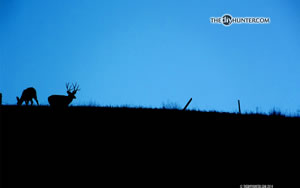 |
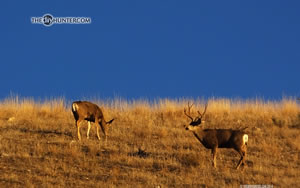 |
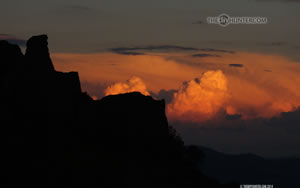 |
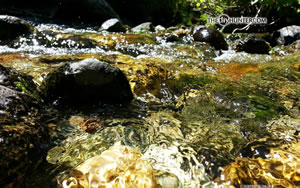 |
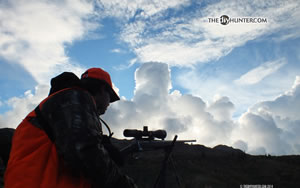 |
 |
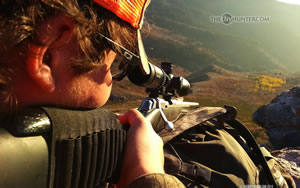 |
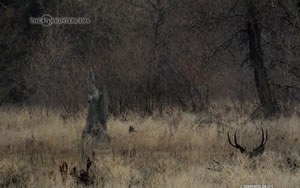 |
 |
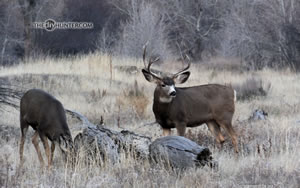 |
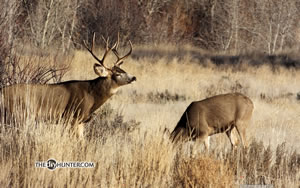 |
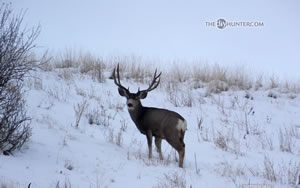 |
 |
 |
 |
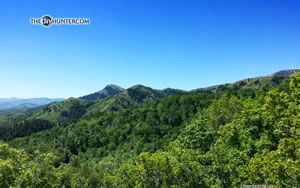 |
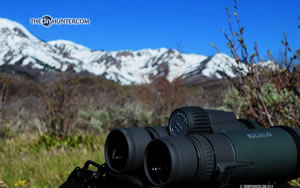 |
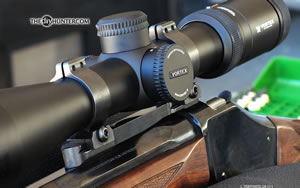 |
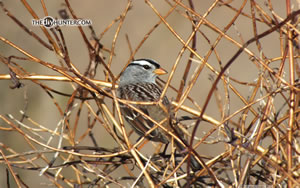 |
 |

